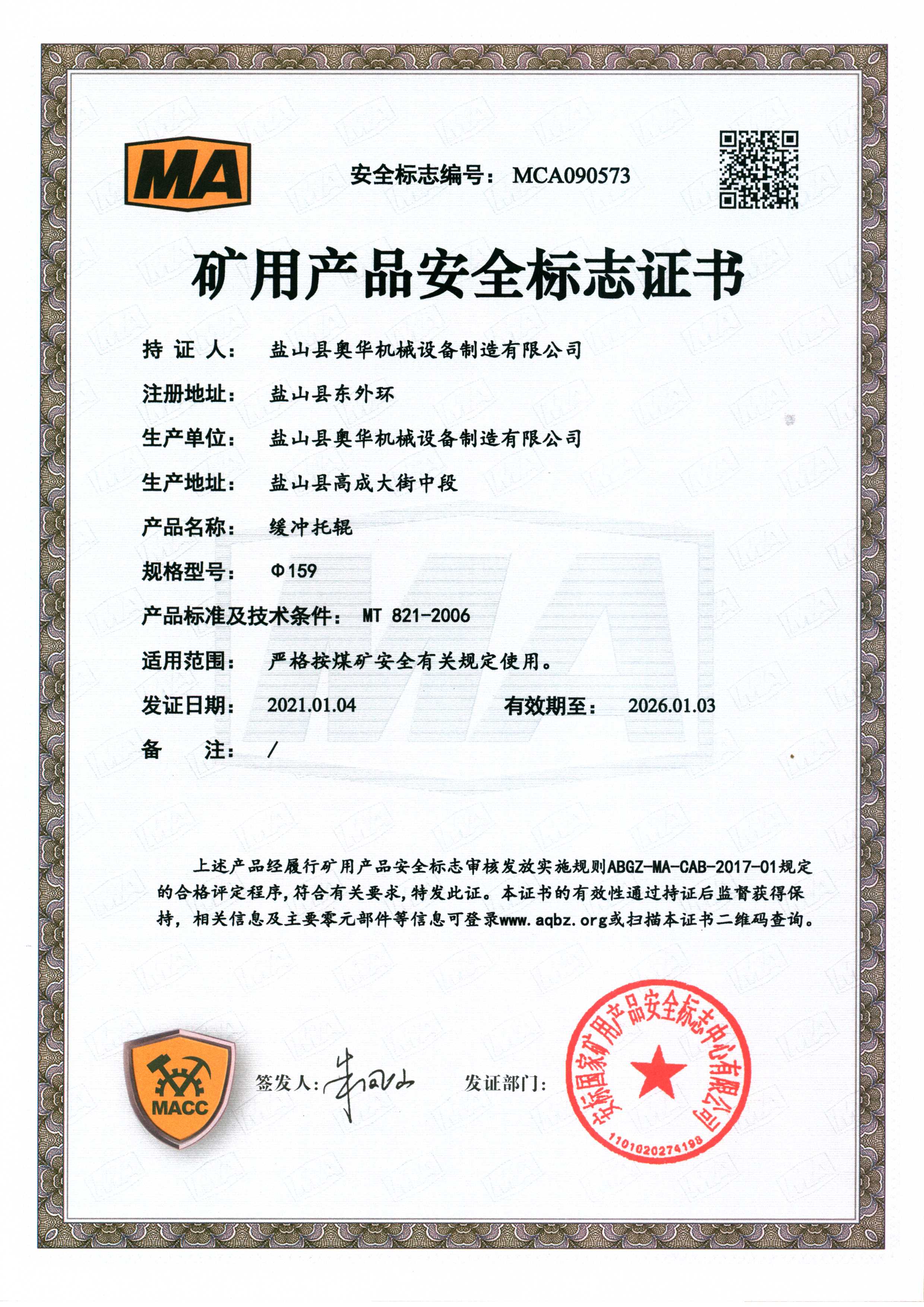 Afrikaans
Afrikaans  Albanian
Albanian  Amharic
Amharic  Arabic
Arabic  Armenian
Armenian  Azerbaijani
Azerbaijani  Basque
Basque  Belarusian
Belarusian  Bengali
Bengali  Bosnian
Bosnian  Bulgarian
Bulgarian  Catalan
Catalan  Cebuano
Cebuano  Corsican
Corsican  Croatian
Croatian  Czech
Czech  Danish
Danish  Dutch
Dutch  English
English  Esperanto
Esperanto  Estonian
Estonian  Finnish
Finnish  French
French  Frisian
Frisian  Galician
Galician  Georgian
Georgian  German
German  Greek
Greek  Gujarati
Gujarati  Haitian Creole
Haitian Creole  hausa
hausa  hawaiian
hawaiian  Hebrew
Hebrew  Hindi
Hindi  Miao
Miao  Hungarian
Hungarian  Icelandic
Icelandic  igbo
igbo  Indonesian
Indonesian  irish
irish  Italian
Italian  Japanese
Japanese  Javanese
Javanese  Kannada
Kannada  kazakh
kazakh  Khmer
Khmer  Rwandese
Rwandese  Korean
Korean  Kurdish
Kurdish  Kyrgyz
Kyrgyz  Lao
Lao  Latin
Latin  Latvian
Latvian  Lithuanian
Lithuanian  Luxembourgish
Luxembourgish  Macedonian
Macedonian  Malgashi
Malgashi  Malay
Malay  Malayalam
Malayalam  Maltese
Maltese  Maori
Maori  Marathi
Marathi  Mongolian
Mongolian  Myanmar
Myanmar  Nepali
Nepali  Norwegian
Norwegian  Norwegian
Norwegian  Occitan
Occitan  Pashto
Pashto  Persian
Persian  Polish
Polish  Portuguese
Portuguese  Punjabi
Punjabi  Romanian
Romanian  Russian
Russian  Samoan
Samoan  Scottish Gaelic
Scottish Gaelic  Serbian
Serbian  Sesotho
Sesotho  Shona
Shona  Sindhi
Sindhi  Sinhala
Sinhala  Slovak
Slovak  Slovenian
Slovenian  Somali
Somali  Spanish
Spanish  Sundanese
Sundanese  Swahili
Swahili  Swedish
Swedish  Tagalog
Tagalog  Tajik
Tajik  Tamil
Tamil  Tatar
Tatar  Telugu
Telugu  Thai
Thai  Turkish
Turkish  Turkmen
Turkmen  Ukrainian
Ukrainian  Urdu
Urdu  Uighur
Uighur  Uzbek
Uzbek  Vietnamese
Vietnamese  Welsh
Welsh  Bantu
Bantu  Yiddish
Yiddish  Yoruba
Yoruba  Zulu
Zulu Design and Functionality of Belt Conveyor Troughing Idlers for Efficient Material Handling Systems
The Importance of Belt Conveyor Troughing Idlers in Material Handling
Belt conveyor systems are central to modern industrial processes, serving an essential function in transporting materials across various sectors, including mining, manufacturing, and logistics. One of the critical components of these systems is the troughing idler—a device that plays a pivotal role in the efficiency and effectiveness of belt conveyors. This article explores the significance of troughing idlers, their design, and their impact on the overall performance of belt conveyor systems.
What Are Troughing Idlers?
Troughing idlers are rollers that support the belt of a conveyor at a specific angle, typically forming a V shape. This troughing design helps contain bulk materials, preventing spillage and loss during transit. Troughing idlers are usually arranged in sets, allowing for the optimal shaping of the conveyor belt as it moves along the loading, carrying, and return paths. This arrangement aids in maintaining belt tension, facilitating smoother operation and reducing wear on the system’s components.
Key Benefits of Troughing Idlers
1. Material Containment The primary advantage of troughing idlers is their ability to contain bulk materials effectively. By creating a trough, these idlers minimize spillage, which can lead to increased operational costs and environmental concerns. This containment ensures that materials such as coal, grain, or aggregate are transported safely through the conveyor system.
2. Enhanced Stability Troughing idlers contribute significantly to the overall stability of belt conveyors. The angled design allows for a better distribution of weight and reduces the risk of the belt misaligning or slumping under heavier loads. This stability is essential in maintaining the continuity of operations, especially in high-capacity systems.
belt conveyor troughing idlers

3. Reduced Wear and Tear By providing a consistent surface for the conveyor belt to travel on, troughing idlers help reduce wear and tear on both the belt and the idlers themselves. This can lead to lower maintenance costs and extended service life for equipment, which is critical in reducing downtime and enhancing productivity.
4. Versatility and Customization Troughing idlers are available in various sizes and configurations to accommodate different materials and load requirements. This versatility allows for customization based on specific operational needs, ensuring optimal performance no matter the application.
Design Considerations
When selecting troughing idlers, several design factors must be considered
- Idler Spacing Proper spacing between idlers is crucial to prevent sagging of the belt and ensure it maintains the correct profile. - Roller Diameter The diameter of the rollers affects the material flow and the handling of heavy loads. Larger diameters can support heavier materials, while smaller ones may be suitable for lighter applications. - Angle of Inclination The angle at which the idlers are set affects the amount of material that can be handled efficiently. Common configurations include 20, 30, and 45 degrees, with each angle designed for specific material types and operational requirements.
Conclusion
In conclusion, troughing idlers are a fundamental component of belt conveyor systems, contributing to the efficient and safe transportation of bulk materials. Through their ability to contain material, enhance stability, reduce wear, and allow for customization, they play a crucial role in optimizing conveyor performance. Understanding the functional importance and design considerations of troughing idlers can lead to better decision-making for material handling operations and ultimately contribute to improved productivity in industrial processes. As industries continue to evolve, the role of troughing idlers will remain indispensable in achieving operational efficiency and sustainability.





























